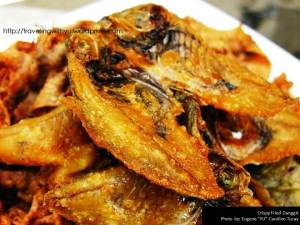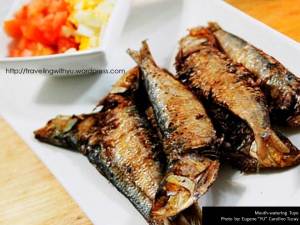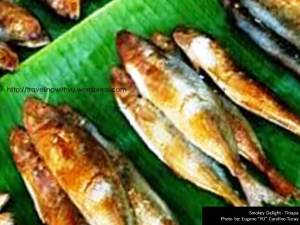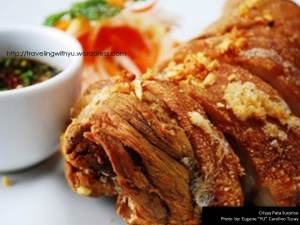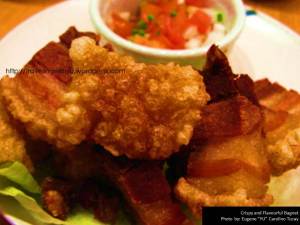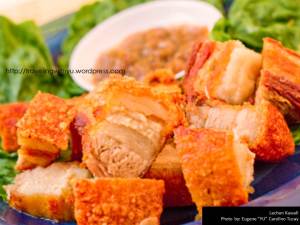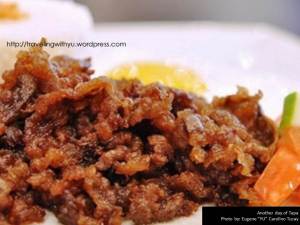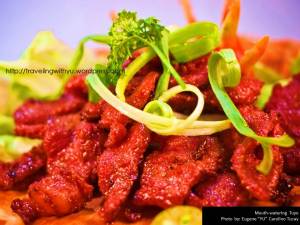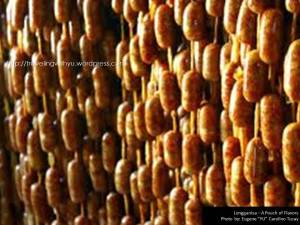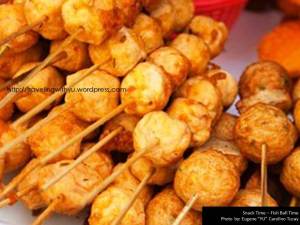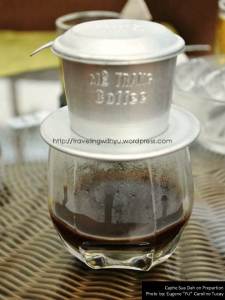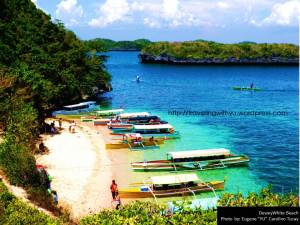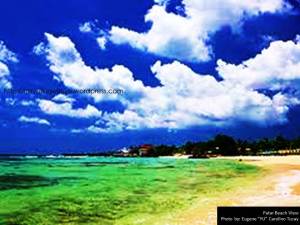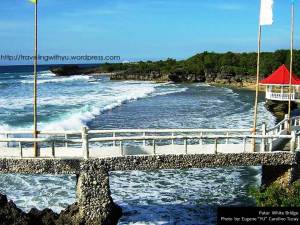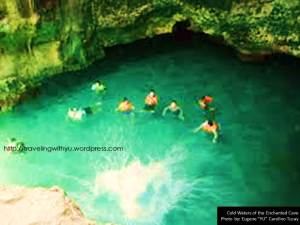Food what most of us loves to talk about and sometimes we are on our way of finding what best suits us and what is good for our health. If you are looking for a healthy diet, I want you to skip reading this article. If you just want to read it for fun and some trivia, you can go ahead read at your own pleasure. For those who want to try out some Filipino cuisines, you can get some feedback on this must try list.
There is no easy way to prepare your food but frying. Buy a processed food out in the market then fry it and whoosh you already have a good meal for lunch, dinner, or even for snack and breakfast. I have heard from my friends who are taking up medicine that “Only palm or coconut oil is good for cooking, the rest just produce toxins which are bad for our health” <you see me here nodding my head with eyes wide open while listening>. If you want to research about it click the links I left below this article. So fellow fried eaters, be very careful which oil you are going to use when you cook.
Yes, I am talking about fried dishes which are really good either with rice or just as is. List get down to our list:
Danggit – What stinks does not mean it is not good? You will know if someone eats or cookingDanggit by its smell. I have written it correctly as it describes Danggit or sun dried Rabbitfish or Spinefoot or Siganid fish. This local delicacy is as smelly as a fish but it’s all flavourful too. This easy to cook meal is best served with vinegar, garlic, and pepper dip or fresh cut tomatoes. Best danggit’s are found in Cebu and common to all fishing villages in the Philippines. You can buy Danggit at the Tabo-an Market in Cebu. Danggit is one of the staple breakfast meals around the Philippines and it is prepared by simply deep frying it. Before it became a ready to cook meal, danggit is prepared by rinsing a Siganid fish and butterfly filleting it then dry it under the sun. Production of danggit happens over summer and if the fish was dried properly it will last for a year.
Tuyo – Another stinky yet delicious Filipino food, the tuyo. It came from the word tuyo in Filipino which means dry. Just like Danggit, tuyo isalso a sun dried salted Herring fish or Stockfish. As pungent as Danggit, it is best with the same exact dips <I like it more with tomato and salted egg> and as delicious too.
Tinapa – Smokey delicious as a variety of smoked fish fried after the smoking process is calledTinapa. This meal is as mouth-watering as the first 2 fish dishes on the list. Commonly, bangus(milkfish) and galunggong (mackerel scad), it is served during breakfast. You can add it on your cheap list like tuyo and most on this list.
Crispy Pata – deep fried pork knuckles or trotter which is best dipped in soy sauce mixed withkalamansi (Asian Lemon), onion chops, and garlic or soy sauce and vinegar. This all-time favourite dish is served during parties or special occasions. There were restaurant around metro and near cities or provinces that serves this dish typically in bars and drinking areas. Tagaytay’s Leslie’s, is a place where you can enjoy the said dish while overlooking at the Taal volcano’s crater and the cold breeze of the area. It may not be cold for foreigners but for Filipinos it is.
Bagnet – one of the best Ilocano-culinary price is the bagnet or commonly called pork bellychicharon(pork cracklings or pork rind). Cooked the same way as the Crispy Pata, the only difference is which part of pork is used for the said cooking, also, this dish is best dipped on the same dips you can use for Crispy Pata or just as is. I remember how delicious this simple dish is cooked with the local pinakbet at Java Hotel’s restaurant in La Union.
Lechong Kawali – a common Filipino dish served with liver sauce or vinegar, crushed garlic, and pepper sauce. It is a slab of pork’s belly that was boiled and then deep-fried until crispy and golden. Mama cooked this food typically when Lolo ask his “glassmates” or his drinking buddies at home in Bolinao, Pangasinan.
Tapa – this delicacy which may be mistaken as tapas as Spanish cuisine’s wide variety of appetizers but it is the counterpart or resembles Beef Jerky. The word tapa is more related to Sanskrit term tapas which mean “heat”. This beef sirloin strips were marinated/cured with salt, sugar, soy, garlic, and ground black pepper or saltpetre then dried is made perfectly to form a delightful and mouth-watering breakfast. Over the years tapa has been served as meal not only in breakfast but also lunch and dinner. It is best partnered with garlic rice, fried egg, and atsara (pickled papaya) or commonly called TAPSILOG with a spicy vinegar or soy sauce andcalamansi as a dip.
Tocino – is a barrowed word from Spanish which describes bacon, is some Carribean countries Tocino is actually bacon made out of pork fatback but instead of cured or smoked it is fried until crunchy and were used as additives like lardons in French. Philippino Tocino is prepared by mixing Anise wine, annatto, water, salt, sugar, and saltpetre then sprinkling this mixture on pork strips and stacked in a container which is covered and kept refrigerated for about 2 to 3 days. This sweetened pork recipe is very delicious when fried until the sugar caramelizes and the pork reddened which completes a very good breakfast. Just like Tapa, this has been commonly served as meals all through-out the day with rice, fried egg, and tomato. Our Cabalens or locals of Pampanga have a special way to marinate their tocino, adding pineapple juice in the mixture to have a slightly tart flavour which they call “burong babi” (fermented pork).
Longganisa – it is a barrowed dish from Spanish Longaniza but with the Filipino twist. There has been variety of so called Filipino sausages all throughout Luzon. Lucban have this garlicky and peppery longganisa which you can easily get from Buddy’s together with the pansit habhab. Vigan’s longganisa is also famous because of the distinct garlic taste of Iloco’s garlic. Guagua’s salty and soury longganisa which is by contrast of the regular longganisa that is sweet in taste. Like tapa, it is also served best with rice and fried egg.
Fish Balls – this maybe one of the most popular street food in the Philippines but the fish balls that comes to my memory is the homemade fish balls. Most of Bolinaonon make their own fish balls out of fish meat, pepper, garlic, onion, and some carrot mixture. These will then made into balls and deep fried giving you delightful taste of the ocean and earthy taste of the spices. Typically they use triggerfish or the papakol as the main ingredient. The distinctive taste and softness of the meat makes the different flavour of this fish ball. Best when dipped in all sorts of vinegar mixtures and it eaten as a snack like your regular fish ball.
I have been listing all this food and it made me really hungry. It’s time to park the pen and get my fingers working on some food and eat.
Enjoy everyone! Have a happy and cravingly reading.
You can now follow me in twitter @travelingwithyu and visit my facebook pagewww.facebook.com/travelingwithyu. For any questions and suggestions just shoot me a message and I will get back to you.

